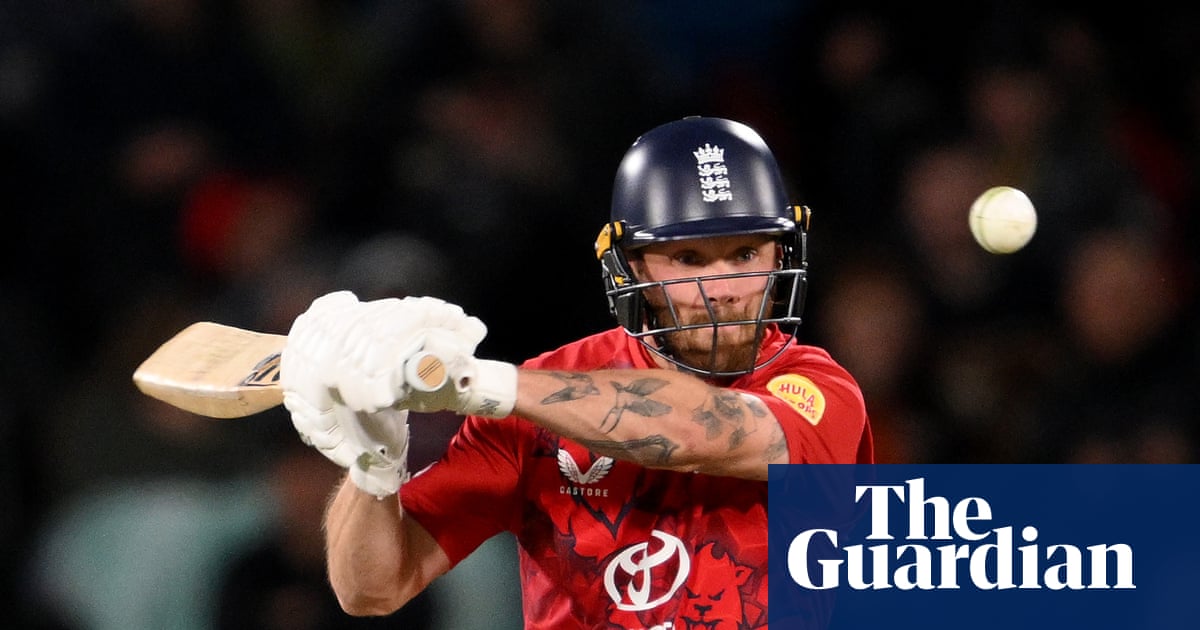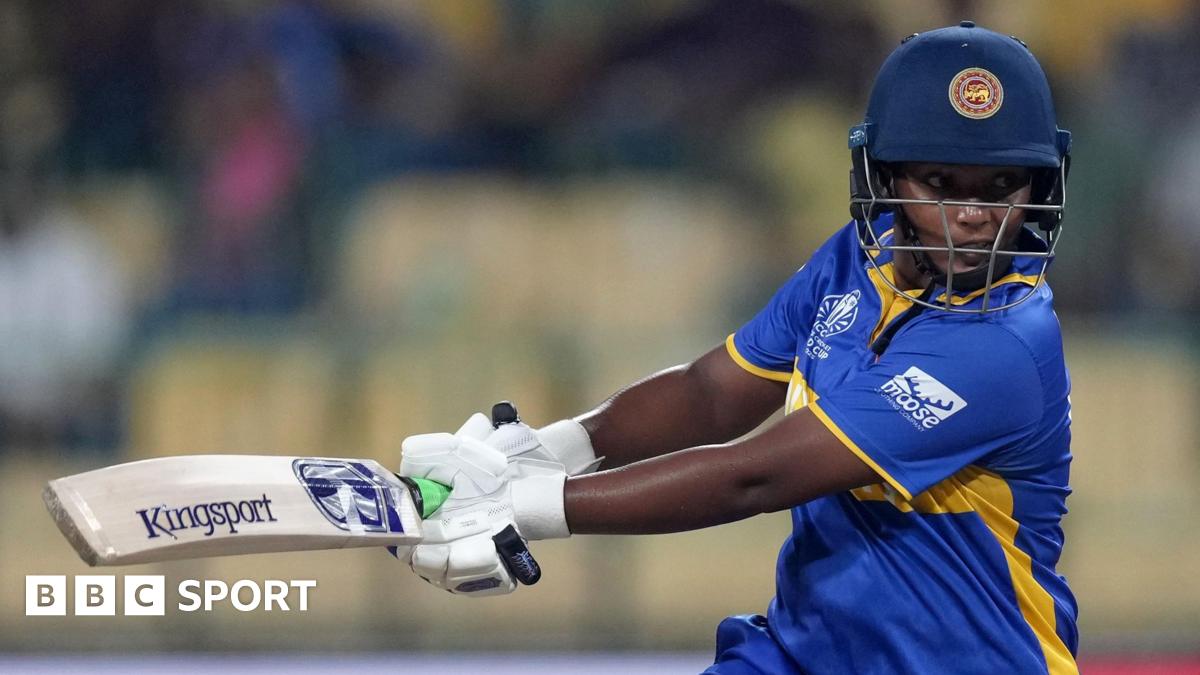Ashes news, Australian Test squad, Jake Weatherald vs Beau Webster, Cameron Green injury update, selection analysis, video

We’re one month away from the Ashes series opener in Perth, and it appears as though five members of Australia’s top six are set in stone.Marnus Labuschagne’s staggering return to form makes him a lock for the first Test against England, while opener Sam Konstas is unlikely to retain his spot considering his sluggish start to the Sheffield Shield and recent struggles in the Caribbean. The young New South Welshman showed promising signs in the second innings of this week’s contest against Victoria in Melbourne, but he remains a work in progress rather than a finished product.Pending how the third round of Sheffield Shield action transpires, there are seemingly two Tasmanians battling over the final spot in Australia’s Ashes team - opener Jake Weatherald and all-rounder Beau Webster.The uncapped Weatherald has been the Sheffield Shield’s most consistent performer over the last 12 months, while Webster has enjoyed a superb start to his Test career. Both are veterans of the domestic circuit and have earned the right to take on England this summer.Watch Aus v India ODI Series LIVE and ad-break free during play. Only on FOX CRICKET, available on Kayo Sports | New to Kayo? Join now and get your first month for just $1 >The final decision could come down to whether national selectors want to persist with their policy of picking the nation’s six best batters irrespective of their preferred position. It’s a policy that has backfired on multiple occasions since David Warner’s Test retirement, most notably Steve Smith’s short-lived experiment as an opener and Nathan McSweeney’s troublesome stint at the top of the order.However, a recent injury to Cameron Green has thrown a spanner in the works, adding an extra layer of intrigue to the looming selection battle.Next week, Tasmania travels to Melbourne for a Sheffield Shield clash against Victoria at Junction Oval, with Weatherald and Webster both expected to play the red-ball contest. It could be the duo’s final chance to push their case for an Ashes debut.THE CASE FOR WEATHERALDShould Weatherald become Australia’s 472nd men’s Test cricketer next month, it would cap off a remarkable 18-month rise for the dashing opener.Having struggled to break into Tasmania’s first-choice XI during the 2023/24 summer, the left-hander finished last season’s Sheffield Shield as the leading run-scorer with 906 runs at 50.33. He was picked for July’s Australia A series against Sri Lanka A, plundering 183 in a red-ball contest in Darwin - albeit in batter-friendly conditions.Weatherald’s blistering form has continued this summer, cracking three half-centuries in the opening two rounds of the Sheffield Shield - he’s currently the competition’s second-leading run-scorer, sitting behind Labuschagne.During Tasmania’s tense three-run victory over Western Australia at Bellerive Oval, he was named player of the match for his 99-ball 94 in the second innings - none of his teammates managed more than 57 in a contest dominated by seamers.Courtesy of his proactive approach and rapid scoring rate, Weatherald has proven he can single-handedly alter a game’s trajectory, drawing comparisons to Warner and Ben Duckett. It also makes him an ideal accomplice for Usman Khawaja, who is renowned for his watchfulness at the top of the order.The added appeal of selecting a specialist opener is that it allows Marnus Labuschagne to bat at his preferred position at No. 3, where he has scored each of his 11 Test hundreds, rather than reinventing him as an opener.The lone criticism of Weatherald’s recent output would be his failure to convert starts into hundreds, on three occasions passing fifty this summer without reaching triple figures. It’s also worth acknowledging that he would have been dismissed for 3 during Tasmania’s season opener if not for a dropped catch by none other than Khawaja.He’s also unproven in the Test arena, which is drastically more challenging than Sheffield Shield cricket.“You obviously want to make as many hundreds as you can,” Weatherald said on Thursday.“But at the same time, I think I’m moving well when I’m doing all the right things.”Asked about national selection this week, Weatherald replied: “I have no idea what’s going on there.“I probably won’t find out until the first Test matches are selected.”The obvious downside of Weatherald’s selection, however, is that Australia will only have room for one all-rounder in the middle order, leaving Webster at risk of facing the axe.THE CASE FOR WEBSTERWebster would be bitterly unlucky to miss selection for the Ashes opener, simply because he’s hardly put a foot wrong in the Test side since making his international debut in January.Having replaced fellow all-rounder Mitchell Marsh for the must-win New Year’s clash against India at the SCG, the Tasmanian struck a clutch half-century and hit the winning runs in a low-scoring contest as Australia won back the coveted Border-Gavaskar Trophy.A few months later, Webster top-scored for Australia in the World Test Championship final against South Africa at Lord’s, hitting 72 in a losing cause at the Home of Cricket. Then in the Caribbean, the 31-year-old twice revived the innings following a top-order collapse against the West Indies, helping Australia seal a 3-0 series whitewash.In Tests, Webster currently averages 34.63 with the bat and 23.25 with the ball, numbers that hardly warrant a demotion. He’s proven himself a big-game player, more than capable of performing under pressure.However, the 31-year-old recently suffered an untimely ankle injury that ruled him out of the first two rounds of the Sheffield Shield, watching from the casualty ward while Labuschagne and Weatherald pressed their case for an Ashes call-up.Webster is expected to recover before next week’s match against Victoria, while he probably could have played the recent contest against Western Australia in Hobart if not for a cautionary approach to his fitness, understandably wrapped in cotton wool ahead of a massive summer.“I’m in a good spot, I have had good comms with selectors about when I can play,” he told SEN Tassie this week.“I will put my case forward to be in Perth, but it’s a juggling act to make sure these injuries don’t turn into something else by rushing back.”Webster adds more to the Test side than just his batting - he’s a versatile bowler, able to produce spin or seam when required, while he’s a reliable slips and gully fielder.“I hope I’ve done enough to show I belong at that level, and I can help Australia win the Ashes,” he continued.“I’m under no illusion of where I’m at. When I play my best, I deserve to be in that Australia team.“How we line up in Perth is out of my hands.”However, chief selector George Bailey gave a strong indication that Webster would retain his spot in the Test side, telling reporters on Saturday: “I think (his) all-round package has been really important.“He’ll be in Perth. Everyone can relax.”THE GREEN DILEMMAThere’s still plenty of water to go under the bridge before the first Test against England, but the fitness and durability of Green could be a determining factor for how Australia lines up this summer.Earlier this week, Green was ruled out of the ODI series against India due to a minor side injury, with Cricket Australia declaring he was on track to return for the third round of Sheffield Shield action. However, it would have no doubt interrupted his gradual return to bowling since undergoing back surgery last summer - as it it stands, he has only bowled four overs in competitive matches since he went under the knife last year.Regardless, Bailey was adamant Green remained on track to play as an all-rounder during the Ashes.“I don’t want to use the word setback, but it wasn’t the plan,” Bailey said of Green’s injury.“I don’t think it’s a setback in terms of it not changing his Shield preparation or his availability for what we expect to come.“He’ll be in a good place to be ready to bowl (in the first Test).”Green’s vulnerability no doubt comes as a massive boost for Webster - if national selectors want a fit all-rounder in the starting XI, the Slug from Snug would almost certainly retain his spot at No. 6. But inevitably, the next question becomes whether Australia should persist with Green at No. 3 and gamble on Labuschagne as an opener.Asked about the prospect of Labuschagne opening during the Ashes, Bailey told ABC radio: “He absolutely could. I’ve got no doubt about that. I think he’s got a skill set that can.“I don’t think there’s a massive change in the way that he would approach that or play.“But whether he does whether he needs to, that’s a different question.”Green was promoted to first drop for this year’s World Test Championship final and Frank Worrell Trophy, averaging 23.50 across the four matches. Although he showed signs of improvement towards the end of the Caribbean tour, it’s widely agreed that he’s better suited at No. 4, where he cracked a career-best 174 not out against New Zealand last year.Another possible solution is elevating Steve Smith to first drop to create a vacancy for Green in the middle order, but national selectors would be reluctant to move the Australian vice-captain from his preferred position considering how influential he was at No. 4 last summer.Meanwhile, Australia may feel inclined to bat Green down the order to avoid overburdening him, allowing additional recovery time between innings. South African legend Jacques Kallis proved that pace bowlers could bat at No. 3 in red-ball cricket, but Green’s fragile body might not cope across a five-Test summer.The first Ashes Test between Australia and England gets underway at Perth Stadium on November 21.













